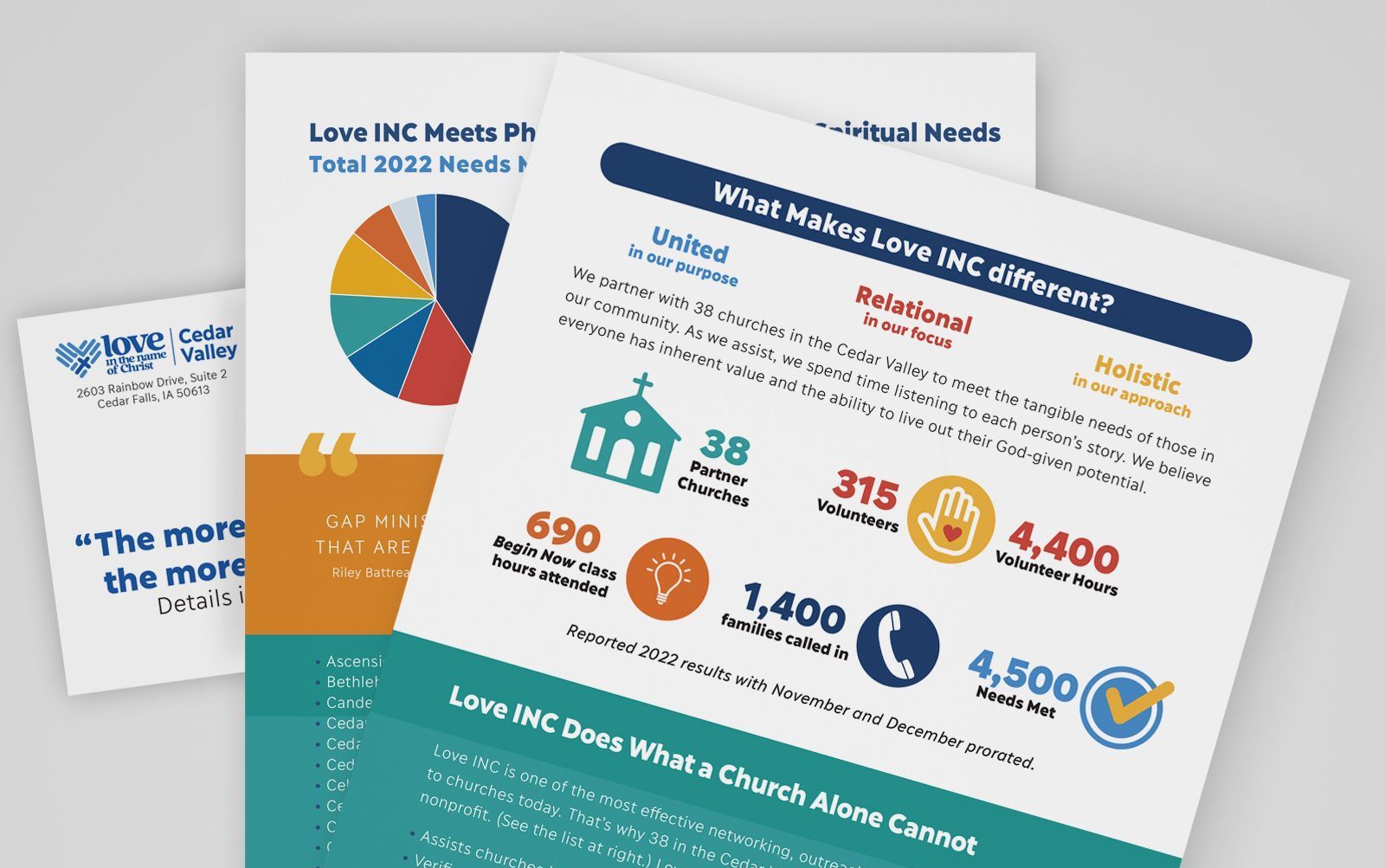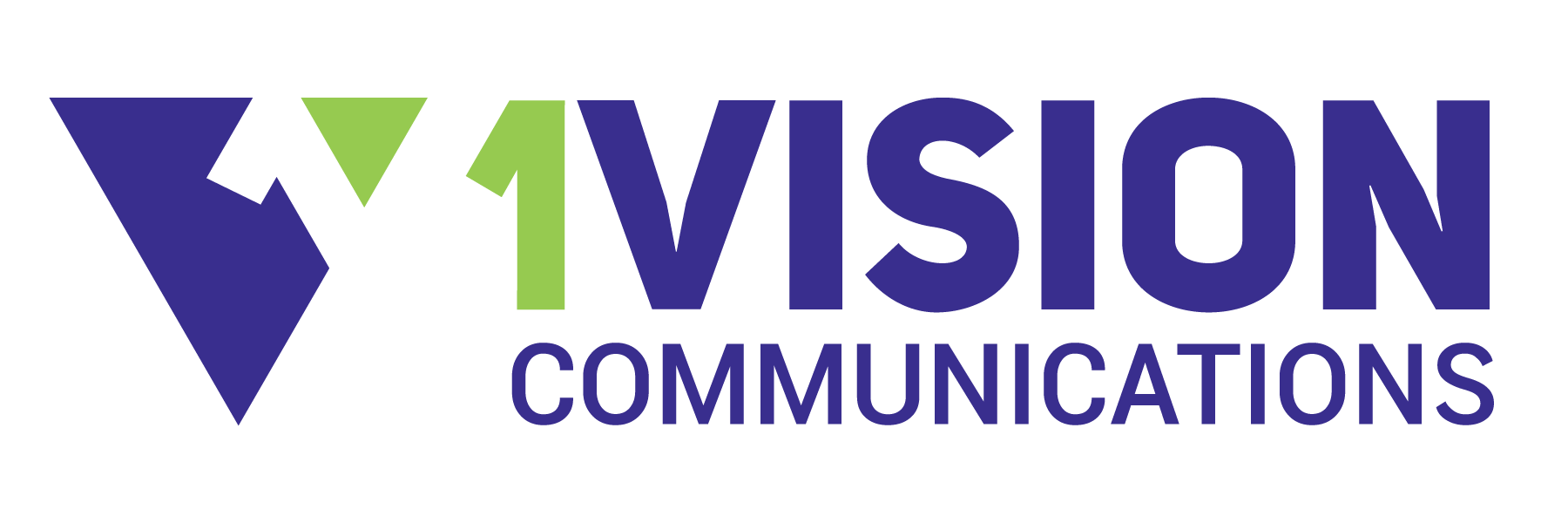Importance of Brand Image
Ever feel like your brand's visual identity is all over the place? You're not alone; keeping a consistent look across all your marketing channels can be a real challenge.
We understand how crucial it is to maintain visual brand consistency. (We ran into the same issue with our own brand!) It’s not just about aesthetics; it’s about ensuring your audience instantly recognizes and trusts your brand, no matter where they encounter it. Consistency builds credibility and makes your brand memorable.
It’s okay to ask for help.
So, how does 1Vision help your brand stand apart? First, we dig a bit into what your brand is and what you’d like it to be. Then, we use a suite of resources and tools designed to create professional-looking graphics, logos, and visual content that truly reflect your brand’s personality. Think of us as your brand’s personal stylist. We ensure that everything from your website and social media to your email newsletters and e-signatures has a cohesive, polished look. It’s like dressing your brand in its best outfit every single day!
Additionally, we establish clear brand guidelines— “rules” that ensure future content remains consistent. This way, no matter who is creating your content, it always aligns with your brand’s visual identity.
We make the process smooth and stress-free by leveraging our expertise and mastery of professional tools. This allows you to focus on what you do best—running your business or nonprofit—while we handle the intricacies of maintaining a strong, consistent brand image.
https://www.with1vision.com/services#MarketingandCommunication




